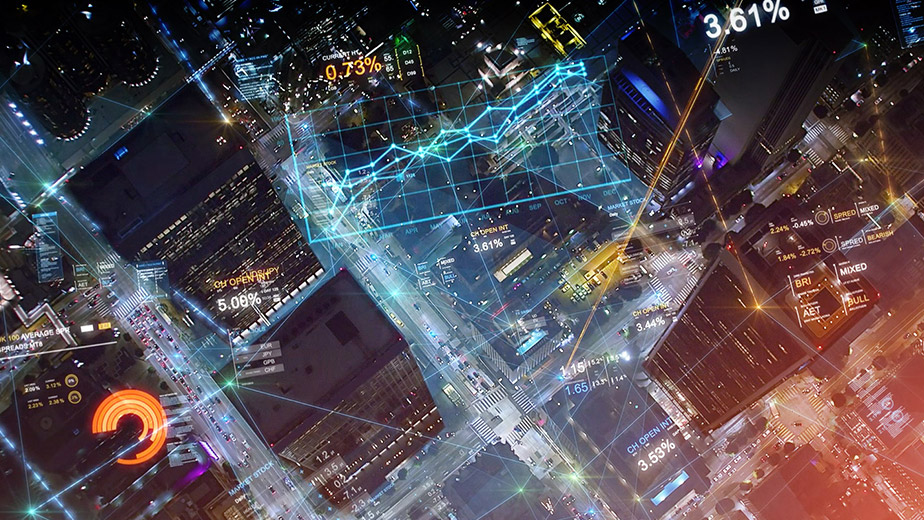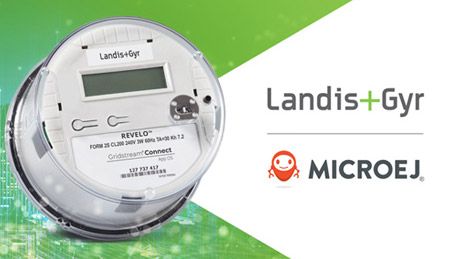Distributed Energy Resources Are Shaping the Future of Energy
In the current energy consumption landscape, the need for sustainable solutions has become increasingly urgent, driven by rising living costs and environmental concerns. This has sparked a significant transition towards cleaner power sources and electric mobility, with renewable energy sources at the forefront of this shift.
A key element is the role of Distributed Energy Resources (DERs), encompassing a range of technologies from solar panels to wind turbines and advanced energy storage systems. DERs are fundamentally altering the structure of our energy grid, offering a decentralized network that enhances resilience and efficiency while providing flexibility to meet evolving demands.
In order to effectively manage DERs, Demand Response emerges as a crucial strategy in managing the variability of renewable energy outputs.
By incentivizing consumers to adjust their electricity usage during peak periods, Demand Response improves grid reliability and helps mitigate greenhouse gas emissions.
The Demand Response mechanism employs a combination of price-based and incentive-driven programs to dynamically regulate electricity demand, ensuring a balance between supply and demand. Regulatory frameworks, such as the Energy Policy Act of 2005 and market structures like PJM Interconnection and ISO-New England, play a vital role in facilitating the seamless integration of Demand Response into wholesale markets, fostering innovation and competition.
Despite the complexities of regulations and market dynamics, the overarching goal remains consistent: achieving efficiency, sustainability, and resilience in our evolving energy landscape. Yet, significant challenges lie ahead for utilities in effectively managing DERs and Demand Response programs to ensure true grid resilience.
Navigating Utility Challenges in the Energy Transition
Utilities grapple with a significant challenge: gaining insight into behind-the-meter assets, such as customer-owned solar panels and energy storage systems.
These assets not only reshape system demands but also pave the way for new avenues in energy trading. Unlike the conventional unidirectional flow of electricity from the generator to the load, DERs introduce bidirectional energy flow, compelling utilities to adapt their operational processes and grid management strategies accordingly.
A comprehensive study conducted by Siemens in collaboration with Oxford Economics, analyzing 100 utility leaders from the U.S. and Canada, has brought to light a critical issue: “limited visibility and understanding of DER behavior creates operational challenges and impacts grid performance.” Despite the existence of solutions like Distributed Energy Resource Management Systems (DERMS), data from the survey indicates slow adoption rates. Among the key findings is the necessity for utilities to invest in technologies that enhance the visibility of behind-the-meter assets and prioritize DER management programs for a more reliable and stable grid. However, the transition towards a sustainable grid presents several challenges:
- Lack of visibility into behind-the-meter DERs complicates the design and monitoring of cost-effective programs.
- Dependency on interconnection requests and platforms like DERMS for gathering information about DERs.
- Operational issues stemming from the increasing adoption of behind-the-meter DERs by customers, including solar panels, EVs, and batteries, leading to voltage visibility and control issues, back-feeding, protection and control coordination issues, distribution transformer and conductor overloads, and masked or hidden loads.
- Increased demand due to the grid electrification and the addition of big electric loads: heat pumps and AC, electric water heaters, Electric vehicles
- The lack of demand-side management programs to incentivize customers to alter electricity consumption patterns.
The rise of prosumers, where consumers function as both passive energy consumers and producers, signifies a transformative opportunity for utilities to cultivate a new era of collaboration and mutual benefit.
With energy systems becoming increasingly intricate and dynamic, the ability to swiftly respond to fluctuations in demand and supply is paramount for grid stability. By implementing Demand Response mechanisms directly at the residential level, households gain the autonomy to adjust their electricity usage in real time, thereby bolstering overall grid resilience.
Encouraging consumers to willingly transition their energy consumption patterns not only benefits the environment and the system but also enhances consumer welfare. However, to effectively achieve these objectives, consumers need access to relevant data. This can be facilitated through the widespread adoption of smart meters, which provide real-time insights into energy usage. Armed with this information, consumers can make informed decisions about their electricity usage, thus maximizing the effectiveness of demand response initiatives and fostering a more sustainable energy ecosystem.
Advanced Metering Infrastructure 2.0 is The Key to Successful and Flexible DER Management
Around 15 years ago, substantial investments were made in advanced metering infrastructure (AMI) across Canada and the United States. Initially, AMI, or AMI 1.0, aimed to enhance data collection and billing processes for utilities and municipal energy providers. However, limitations in data management and analysis hindered its full potential.
With the advent of AMI 2.0, utilities are poised for a transformative leap forward.
This next generation of AMI leverages advanced technologies such as AI, cloud computing, and enhanced communication systems to unlock a multitude of benefits. Most importantly, it leverages the computing power within the meter to create an infrastructure with distributed intelligence. The gold standard of AMI 2.0 is to have a meter that can be upgraded and retrofitted with software apps and micro-services that enhance and modify its functionality. This allows the meter to evolve swiftly with the grid’s needs, thus creating a software-defined infrastructure.
AMI 2.0 prioritizes citizen engagement and essential services management, offering real-time usage reporting, two-way data sharing, and seamless integration with existing home devices. This empowers consumers to better manage their energy consumption while enabling utilities to optimize energy flow during peak and off-peak times.
Crucially, AMI 2.0 doesn’t necessitate a complete overhaul of existing infrastructure. Upgrades can be seamlessly implemented through software enhancements, minimizing environmental impact and maximizing efficiency.
Next-gen smart meters equipped with AMI 2.0 offer granular data collection capabilities, providing utilities with precise insights into energy consumption and generation patterns. This wealth of data enables utilities to make informed decisions regarding grid management, optimize energy distribution, and reduce waste. Moreover, smart meters’ real-time monitoring and control functionalities empower utilities to dynamically adjust energy flows in response to demand fluctuations and grid conditions, thereby enhancing grid stability and overall efficiency.
The Benefits of Smart Meters with App and Micro-Services
The design flexibility brought by apps and micro-services allows the next-gen smart meters to be interoperable and compatible with a broad spectrum of DER technologies and communication protocols. This versatility paves the way for the seamless integration of DERs into the grid infrastructure, fostering a more resilient and adaptable energy system.
Moreover, it becomes possible to continuously add adaptive algorithms and analytics in smart meters, further optimizing DER management by dynamically responding to changing operational conditions.
The benefits of next-gen smart metering solutions for the optimization of DER management are manifold:
- Providing device-level high-resolution continuous waveform submetering, which offers unprecedented load visibility for analytics and facilitates simple measurement and verification.
- Allowing for the control of the highest value loads with whole-home context, orchestrating home loads based on real-time concurrent usage and customer preferences.
- Delivering a superior homeowner experience by offering customers total visibility and choice in load management priorities and participation.
- Extending the useful life of existing equipment by intelligently managing loads to defer or avoid upgrades.
Empowering Consumers with Future-Ready Devices
Enhancing the intelligence of smart meters to effectively address the evolving landscape of Distributed Energy Resources (DERs) and Demand Response challenges is a critical task. However, achieving full flexibility is often hindered by the complexities associated with hardware integration and diverse technological environments. Integrating apps and micro-services into the meter involves a complex technology stack, and homebrew solutions have often failed and are challenging to maintain.
To address this challenge, forward-thinking smart meter companies such as Landis+Gyr and Itron have embraced the use of software “containers.” One notable example is Landis+Gyr’s Revelo, which operates on the MICROEJ VEE app platform. By harnessing the power of compact software containers, this innovative solution offers functionalities on par with high-end operating systems like Android but with a footprint that is 1000 times smaller.
By extending the capabilities of smart meters, app platforms empower consumers to manage energy efficiently and flexibly while enabling utilities to introduce new services through third-party apps.
Embracing future-ready smart meters facilitates the integration of DERs and contributes to enhanced grid stability and resilience by allowing consumers to have a better understanding of their energy consumption. Balancing fluctuating renewable energy inputs with demand ensures a more stable and reliable power supply, reducing the risk of grid failures and blackouts.
As we journey towards a greener tomorrow, embracing smart energy meters is not merely an option but a necessity. Their integration holds the key to unlocking DERs’ full potential, enabling utilities to operate efficiently and empowering customers to become active participants in the energy transition.




